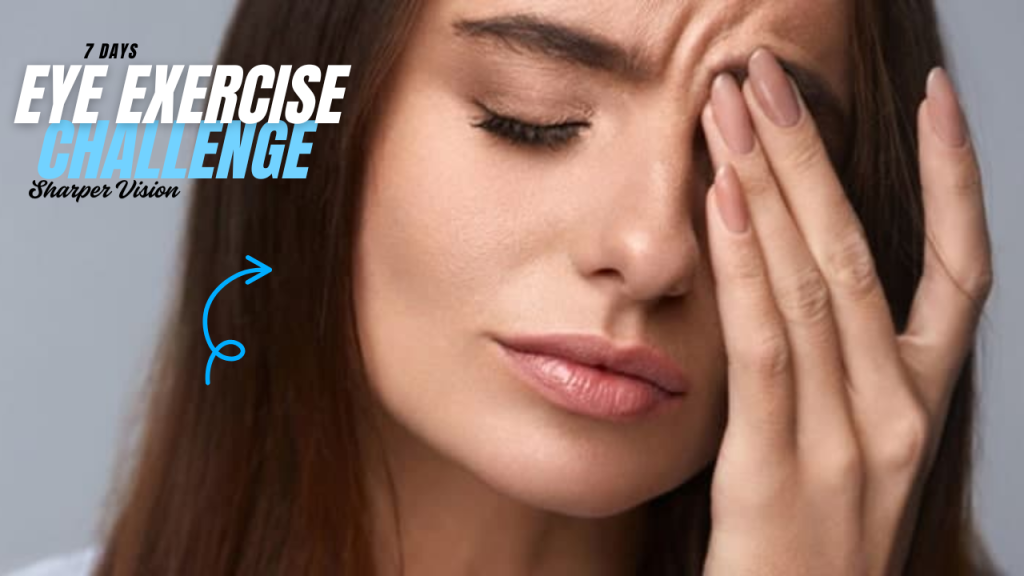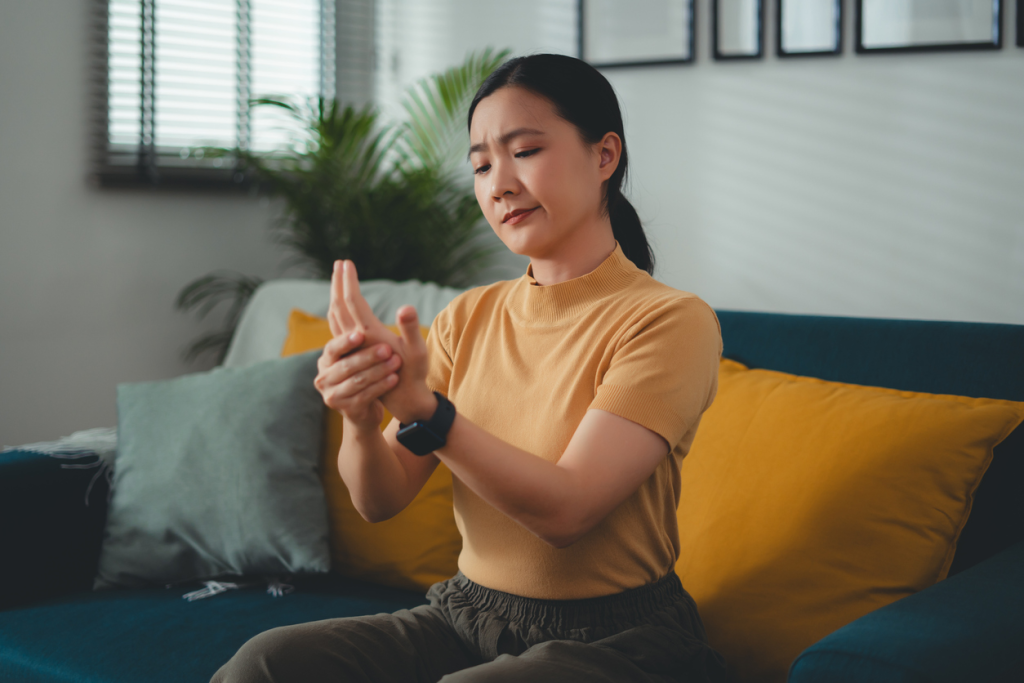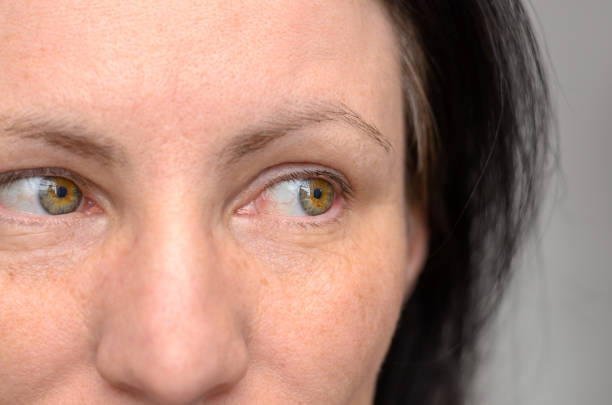Did you know your eyes have muscles that can be trained—just like your abs or biceps? Most of us spend hours staring at screens, barely blinking, unaware that our vision is gradually becoming strained, blurry, and fatigued. But what if you could take just 5–10 minutes a day to refresh, energize, and possibly even improve your eyesight?
Welcome to the 7-Day Eye Exercise Challenge—a simple, science-backed plan to help reduce eye strain, sharpen your focus, and awaken your eyes like never before.

Day 1: The 20-20-20 Rule Reboot

Why it matters: Eye strain begins with prolonged focus. The 20-20-20 rule is a foundational habit recommended by eye care professionals worldwide.
Exercise:
Every 20 minutes, look at something 20 feet away for at least 20 seconds. Do this consciously for the whole day.
Add-on tip: Pair this with deep blinking—close your eyes slowly, pause, and open gently. This helps rehydrate and relax the eyes.
Interesting fact:
Most people blink 66% less when staring at screens!
Day 2: Focus Shifting

Why it matters: Your eye lens changes shape to focus on near or far objects. Like any muscle, it weakens with lack of use.
Exercise:
Hold one finger close (about 6 inches from your nose) and one farther away (about 18 inches). Focus on the close finger for 5 seconds, then the far one for 5 seconds. Repeat for 2 minutes.
Do you know?
Eye accommodation (ability to change focus) naturally declines with age—this exercise helps keep it active.
Day 3: Eye Rolling & Palming

Why it matters: Eye rolling improves ocular flexibility. Palming helps reset overstimulated eyes.
Exercise:
- Gently roll your eyes clockwise for 30 seconds, then counterclockwise.
- Then rub your hands together, close your eyes, and cup them with your palms. Breathe deeply for a minute.
Bonus tip: Do palming in a dark room for an even more calming effect.
Myth Buster:
Myth: Wearing glasses makes your vision worse.
Fact: Glasses help you see clearly but don’t weaken your eyes. Lack of eye exercise and excessive screen time are bigger culprits!
Day 4: Distance Gazing

Why it matters: We rarely use our distance vision anymore, thanks to constant close-up focus.
Exercise:
Go outside or look through a window. Gaze at a distant object (like a tree or building) for 5 minutes without squinting. Let your eyes relax into the view.
Pro tip: Let your eyes wander. Don’t focus too hard—this is about relaxing.
Day 5: Eye Figure 8s

Why it matters: This stimulates smooth eye tracking and flexibility of your eye muscles.
Exercise:
Imagine a giant sideways figure 8 about 10 feet in front of you. Slowly trace it with your eyes for 2–3 minutes.
Interesting fact:
Athletes use this drill to enhance focus and eye coordination—especially in sports like tennis and basketball.
Day 6: Near-Far Jumps

Why it matters: Alternating near and far vision can refresh your eyes and build visual endurance.
Exercise:
Pick a word on a nearby book, and a sign or object farther away. Jump your gaze from one to the other every 3 seconds for 2 minutes.
Note: If this causes discomfort initially, it’s a sign your focus muscles need the workout.
Day 7: Full Eye Yoga Flow

Why it matters: This combines multiple movements to fully engage your eye muscles and promote relaxation.
Exercise Flow:
- Look up, down, left, right (hold 2 seconds each).
- Roll clockwise and counterclockwise.
- Do palming.
- End with the 20-20-20 rule.
Myth Buster:
Myth: Eye exercises can eliminate the need for glasses.
Fact: Eye exercises support eye health and reduce fatigue but don’t correct refractive errors like nearsightedness or astigmatism.
What Happens After 7 Days?
While you may not throw your glasses away, most people report:
- Less eye fatigue and dryness
- Better focus and visual clarity
- Fewer headaches from screen use
- A surprising feeling of relaxation behind the eyes
Remember: The goal is maintenance, not miracle. Vision, like fitness, is about consistent care. Continuing these exercises—even just a few minutes daily—can help your eyes stay strong and energized in today’s digital world.
Final Thought: Vision Is a Daily Habit
“Eyes are the windows to the soul—but like any window, they need cleaning, care, and rest.”
You brush your teeth every day. Why not refresh your eyes too?
Join the challenge, share it with a friend, and let your eyes finally feel seen.
Frequently Asked Questions (FAQs)
Can eye exercises actually improve my vision?
Eye exercises don’t correct conditions like nearsightedness or farsightedness, but they can help reduce digital eye strain, improve focus, support eye muscle flexibility, and enhance overall eye comfort. Many people report sharper vision after regularly practicing eye exercises.
How long should I do these exercises each day?
Most exercises in this challenge take 5–10 minutes per day. You can spread them out or complete them all in one sitting. The key is consistency, not duration.
Are these exercises safe for everyone?
Yes, the exercises are gentle and safe for most people. However, if you have an existing eye condition (like glaucoma, macular degeneration, or recent surgery), it’s best to consult your eye doctor before starting.
Do I need any special equipment?
No special tools are required. All exercises use just your eyes, fingers, or surroundings. A quiet, well-lit space is helpful but not essential.
What if I already wear glasses or contact lenses?
You can absolutely do these exercises with or without corrective lenses. In fact, people who wear glasses often benefit more by relieving lens-related eye fatigue.
Can kids or older adults do this challenge?
Yes! These exercises are age-friendly and safe for children, adults, and seniors. They’re especially useful for kids who spend time on screens or elders wanting to maintain eye agility.
How soon will I see results?
Some people feel relief from eye strain in just 1–2 days. For long-term benefits like focus improvement or reduced dryness, give it at least a week or more. Think of it like stretching or meditation—it builds up over time.
Will this cure my vision problems?
No, these exercises won’t replace glasses, contacts, or surgery. They’re meant to support healthy vision habits, not serve as a medical treatment.
What if I miss a day?
No problem. Just pick up where you left off. The goal is not perfection, but consistency and long-term eye care.
Can I continue after 7 days?
Absolutely! Many people incorporate 1–2 of these exercises into their daily routine. Keeping your eye muscles active and relaxed is a lifelong benefit—not just a 7-day fix.





